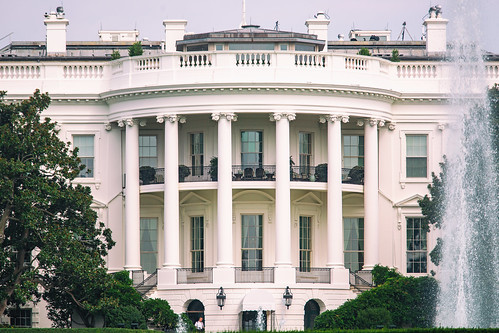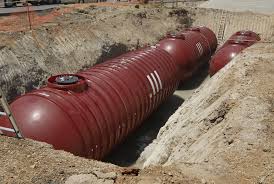On September 16, 2025, the US Environmental Protection Agency (EPA) published a proposal to eliminate the vast majority of its longstanding Greenhouse Gas Reporting Program (GHGRP), which requires thousands of facilities and organizations to report annual emissions of greenhouse gases (GHGs) (40 CFR part 98). (I’ve written about this program over the years, most recently when EPA issued massive revisions in April 2024 (see HERE). The remainder of this note briefly summarizes EPA’s latest interpretation and identifies the small portion EPA proposes to retain, and the existing GHGRP.
Audit, Compliance and Risk Blog
EPA proposes to eliminate most mandatory greenhouse gas emission reporting requirements
Posted by Jon Elliott on Fri, Oct 03, 2025
Tags: EPA, Greenhouse Gas, Clean Air Act, Climate, Environmental Compliance, EPA Regulations, EPA Standards, GHG Reporting, EPA enforcement, Climate Disclosure, Climate Risk, Air Quality
EPA narrows criminal enforcement to follow administration priorities
Posted by Jon Elliott on Fri, Sep 05, 2025
The US environmental Protection Agency (EPA) continues to narrow its enforcement focus in order to follow Trump administration priorities. I recently wrote about EPA’s May 2025 statement of new enforcement policies (I wrote about that memo HERE). Now, EPA has announced further changes, to align its activities with the President’s Executive Order “Fighting Overcriminalization in Federal Regulations” (EO 14294). The remainder of this note summarizes these changes.
Read More
Tags: EPA, Environmental Policy, Environmental Compliance, EPA Regulations, EPA Standards, Trump Administration, Environmental Health and Safety, Environmental Protection Agency, EPA enforcement
The Trump Administration has issued its budget proposal for federal Fiscal Year (FY) 2026 (October 1, 2025 through September 30, 2026), including a 54% cut in the Environmental Protection Agency (EPA) budget, from $9.1 billion in FY 2025, to $4.16 billion for FY 2026. Many of the cuts apply to grant programs, and the proposal would cut staffing by 9%, from 14,130 full-time-equivalent employees (FTE) to 12,856. Readers should note that these cuts are comparable to those proposed by President Trump during his first term; EPA’s actual annual budget depends on that adopted by Congress (or a continuing resolution in lieu of an adopted budget). The remainder of this note summarizes EPA’s proposed FY2026 budget, including proposed reductions, drawn from EPA’s “Budget in Brief” (68 pages) and “Justification of Appropriation Estimates” (736 pages).
Read More
Tags: EPA, RCRA, tsca, Clean Air Act, Environmental Policy, Climate, EPA Regulations, EPA Standards, Trump, Trump Administration, Climate Reporting
EPA further limits uses of carbon tetrachloride and perchloroethylene
Posted by Jon Elliott on Fri, Jan 10, 2025
The Toxic Substances Control Act (TSCA) includes procedures for the Environmental Protection Agency (EPA) to evaluate risks presented by existing chemicals using the latest scientific information – incorporating information developed after a chemical entered use in the US. Based on these reviews, EPA updates its regulatory requirements, ranging from labeling-only through use restrictions up to and including bans from further distribution and use. (I summarized these review requirements HERE). On December 18, 2024, EPA published restrictions in the Federal Register, for carbon tetrachloride (CTC) and perchloroethylene (PCE), based on its hazard reviews for those chemicals. The rest of this note discusses these new restrictions.
Tags: Environmental risks, Environmental, EPA, tsca, Environmental Projects, chemical safety, Environment, Environmental Policy, Chemical Safety Board, Hazardous Chemicals, Environmental Compliance, EPA Regulations, EPA Standards
In the early 1980s, serious groundwater contamination incidents arising from leaking underground storage tanks (USTs) prompted federal and state lawmakers to issue standards for UST construction, installation, and removal, and to require the registration and monitoring of USTs. In 1984, Congress adopted a national program to regulate USTs storing petroleum and hazardous substances (“federal UST Law”). The US Environmental Protection Agency (EPA) creates national standards, which are implemented under delegation by states, the District of Columbia, and territories). The remainder of this note summarizes federal UST requirements; states can generally establish and administer stricter requirements.
Read MoreTags: environmental protection, Environmental Compliance, EPA Regulations, Groundwater Protection, Petroleum Storage, Underground Storage Tanks (USTs), Federal UST Law, Hazardous Substances, Compliance Checklist, EPA Standards





